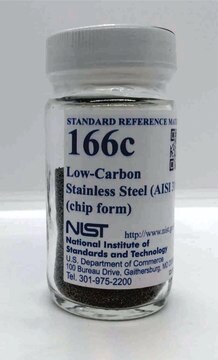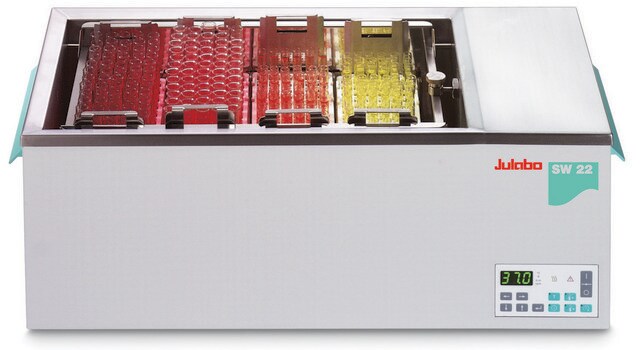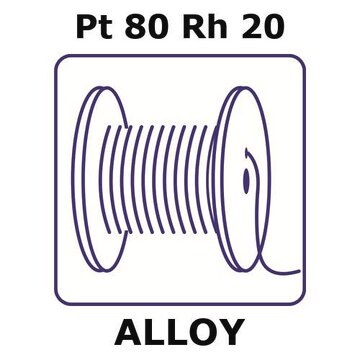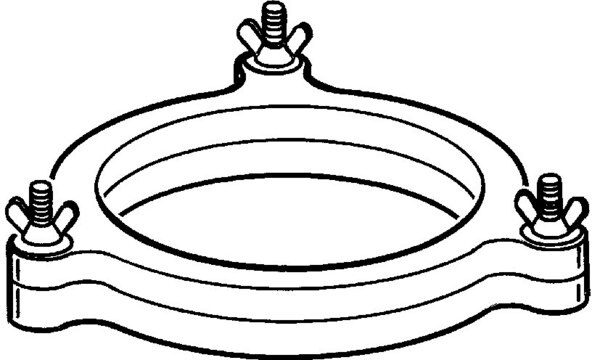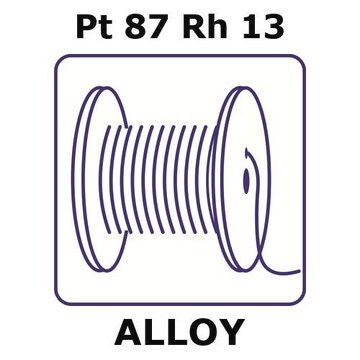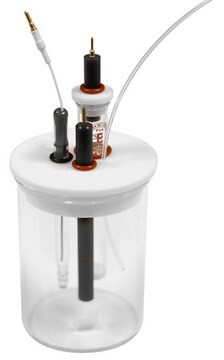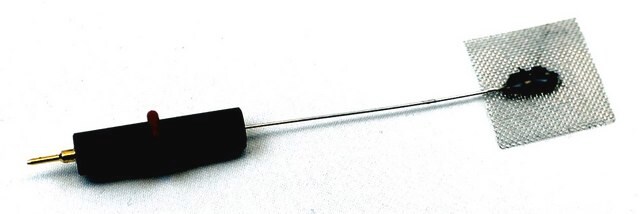GF15807900
Iridium
foil, 0.1m coil, thickness 0.05mm, coil width .5mm, as rolled, 99.9%
Synonym(s):
Iridium, IR000201
Sign Into View Organizational & Contract Pricing
All Photos(2)
About This Item
Empirical Formula (Hill Notation):
Ir
CAS Number:
Molecular Weight:
192.22
MDL number:
UNSPSC Code:
12141720
PubChem Substance ID:
NACRES:
NA.23
Recommended Products
Assay
99.90%
form
foil
manufacturer/tradename
Goodfellow 158-079-00
resistivity
4.71 μΩ-cm
L × W × thickness
0.1 m × 0.5 mm × 0.05 mm
bp
4130 °C (lit.)
mp
2450 °C (lit.)
density
22.65 g/cm3 (lit.)
SMILES string
[Ir]
InChI
1S/Ir
InChI key
GKOZUEZYRPOHIO-UHFFFAOYSA-N
Looking for similar products? Visit Product Comparison Guide
General description
For updated SDS information please visit www.goodfellow.com.
Legal Information
Product of Goodfellow
Choose from one of the most recent versions:
Certificates of Analysis (COA)
Lot/Batch Number
Sorry, we don't have COAs for this product available online at this time.
If you need assistance, please contact Customer Support.
Already Own This Product?
Find documentation for the products that you have recently purchased in the Document Library.
Soo Bong Han et al.
Chemical communications (Cambridge, England), (47)(47), 7278-7287 (2009-12-22)
Existing methods for enantioselective carbonyl allylation, crotylation and tert-prenylation require stoichiometric generation of pre-metallated nucleophiles, and often employ stoichiometric chiral modifiers. Under the conditions of transfer hydrogenation employing an ortho-cyclometallated iridium C,O-benzoate catalyst, enantioselective carbonyl allylations, crotylations and tert-prenylations are
Paolo Tosatti et al.
Organic & biomolecular chemistry, 10(16), 3147-3163 (2012-03-13)
Since their discovery in 1997, iridium-catalysed asymmetric allylic substitutions have been developed into a broadly applicable tool for the synthesis of chiral building blocks via C-C and C-heteroatom bond formation. The remarkable generality of these reactions and the high levels
Stephen J Roseblade et al.
Accounts of chemical research, 40(12), 1402-1411 (2007-08-04)
Asymmetric hydrogenation is one of the most important catalytic methods for the preparation of optically active compounds. For a long time the range of olefins that could be hydrogenated with high enantiomeric excess was limited to substrates bearing a coordinating
Low-valent ruthenium and iridium hydride complexes as alternatives to Lewis acid and base catalysts.
S Murahashi et al.
Accounts of chemical research, 33(4), 225-233 (2000-04-25)
The discovery of a new chemical reaction often leads to new applications and new chemical principles. Low-valent ruthenium and iridium hydride complexes are highly useful redox Lewis acid and base catalysts. Nitriles are activated by these catalysts and undergo reactions
Veronica Marin et al.
Chemical Society reviews, 36(4), 618-635 (2007-03-28)
The need for novel materials with luminescent properties and advanced processing features requires reliable and reproducible synthetic routes for the design of suitable materials, such as e.g. polypyridyl ruthenium(II) and iridium(III)-containing polymers. The most popular ligand for those purposes is
Our team of scientists has experience in all areas of research including Life Science, Material Science, Chemical Synthesis, Chromatography, Analytical and many others.
Contact Technical Service